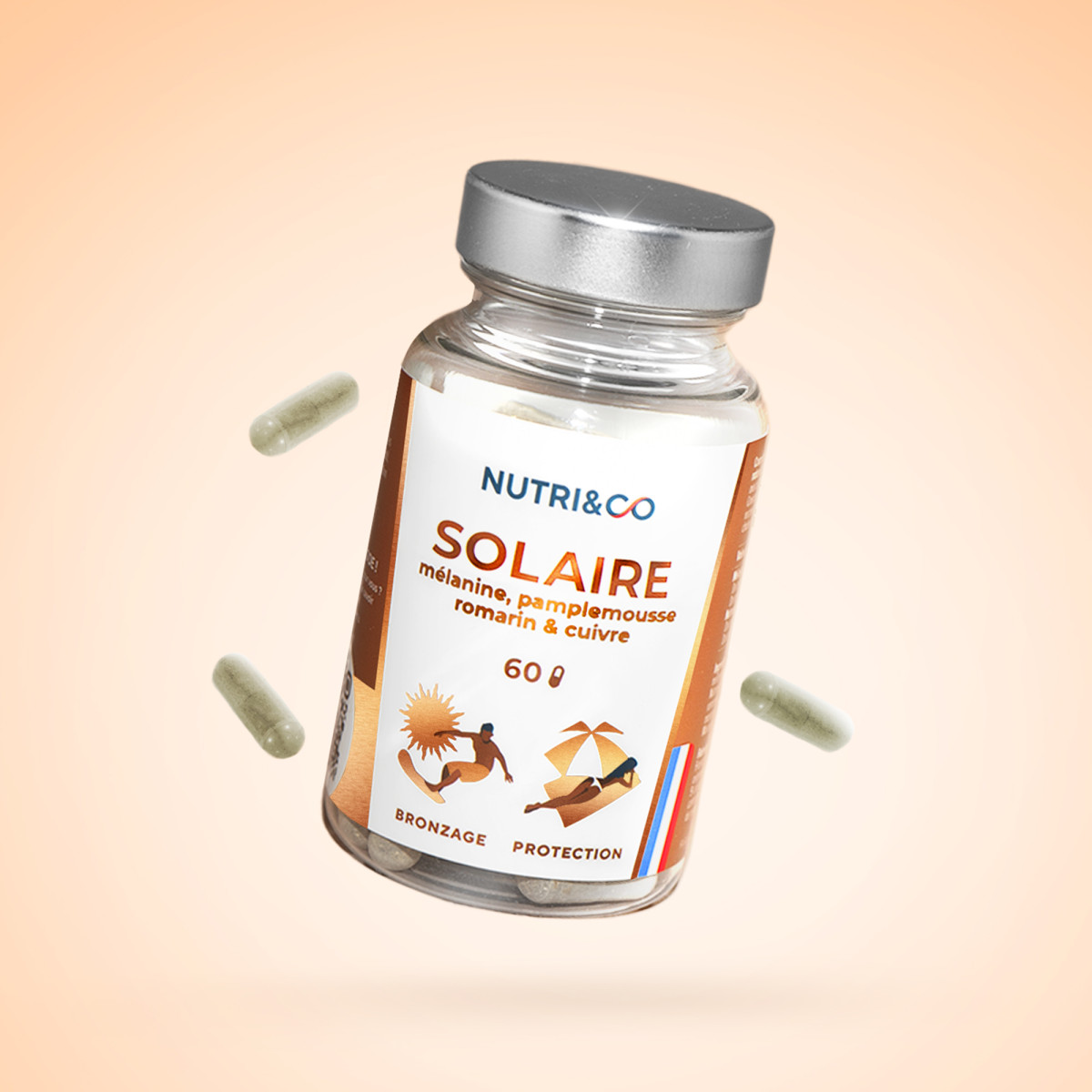
(125)
Solar
€29.90
- 4x faster tanning*
- Natural and intense tanned complexion
- Without accelerating skin aging
Learn more
*Clinical in vivo study - 33 people - 30 days
Solar
€29.90
Paiement
sécuriséLivraion offerte
dès 69€ d'achatLivraion
en 48hFaites des
économiesParrainer
un procheRécompenses
fidélité









